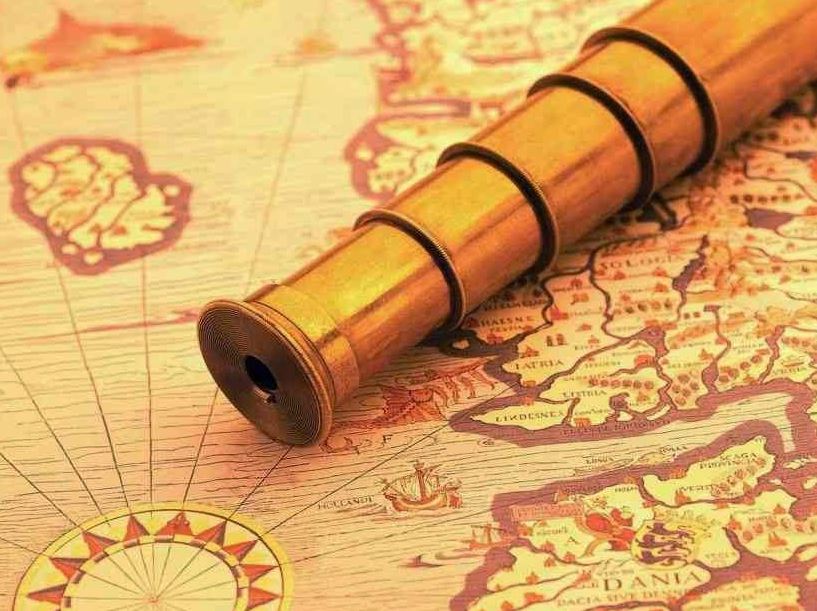Image source: Leveraging Corporate Responsibility
We’ve shifted this week to study and discuss the Future-State of the Enterprise Architecture: basically how we envision the organization functioning at the end goal of the EA Initiative. Documenting the future-state is one of the primary steps in the Analysis phase of the EA Implementation plan, as is documenting the current-state. Common sense would tell us that we “know” what the current-state is so it should be easy to document that first and then work towards creating future-state artifacts later as the implementation plan and vision are finalized. Yet, Gartner strongly suggests that the current-state documents should be low priority and the future-state vision should be top priority. “Creating an inventory of the current-state EA is a low-business-value activity. The business value of EA is based on the insights into how the organization must change.” (Burke, Papegaaij & Guevara, 2011) The apparent issue lies with the fact that many EA teams get stuck on making the current-state artifacts and components “perfect” which ultimately wastes time because it brings little or no value to the organization.
The recommendation, then, is to look forward first and let the vision of the future guide the entire process. This may seem odd to us since we are “in” the current-state now and it would seem useful to have the information readily available to us as reference. But I think the pitfall lies in knowing what particular information is needed from the current-state. How do we know which information is applicable?
It’s hard to picture this type of forward thinking activity in our daily lives, but that is because technology nowadays provides us with so much information that never was previously available to the typical person. Using the metaphor from the last few posts, let’s consider the endeavor of a long journey. Today, we can throw a few things in our bag, toss it in the car, program in our GPS destination and off we go. Even for international travel, the steps needed are minimal in most cases. But instead, think back to the 1400s and 1500s during the time of the Age of Discovery. It was not a simple process to gather provisions for a year long ship voyage across the Atlantic Ocean with the hope of sailing west to India (as in the case of Columbus). The personnel, supplies and planning needed for such an under-taking was tremendous. And depending on where you were planning on going, the preparations could be completely different. Was it a known trade-route down the coast of Africa or east to Asia? Or was it an unknown venture west? You didn’t just pack up the ship with random supplies and then decide on your destination. The expedition planners needed a end-goal in mind when coming up with plan for the voyage.
Ultimately, even with all the planning that was needed for a successful voyage, Columbus’s First Voyage was technically a failure. The future state that he envisioned was a successful journey west from Spain to establish a lucrative trade-route with mainland China. However, as we know, he never made it past the Caribbean Islands. The successful voyage west to China didn’t happen until some 20 years later, led by Magellan.
Image source: www.columbusdiary.info
References:
Burke, B., Papegaaij, B. & Guevara, D. (2011) Enterprise Architechture Program Pitfalls: Don’t Start With the Current State (G00210232). Gartner, January

